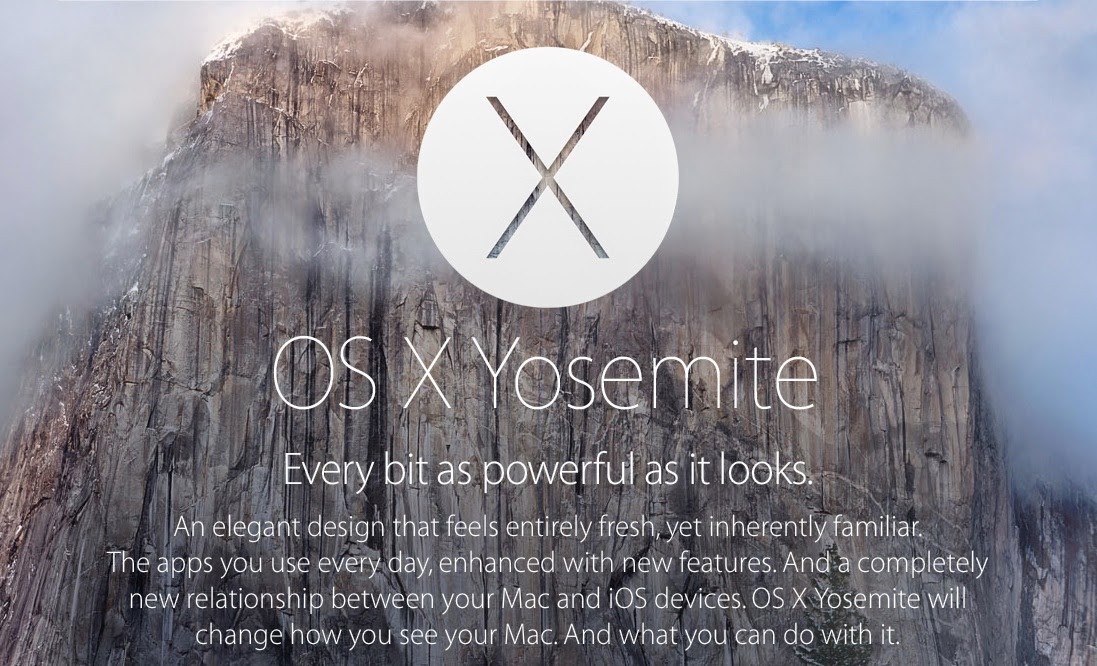The good news is, Yosemite doesn’t impose steeper requirements in terms of the minimum hardware needed for a productive and hassle-free experience, simply because Yosemite is much like Mavericks in this regard. The bad news is, some older Mac models will inevitably be left behind, call it the price of progress.
According to Apple, hardware requirements for OS X 10.10 Yosemite are identical to those of Mavericks. This means any of the Mac models listed below, or newer, will boot Yosemite:
• Mid-2007 MacBook Pro
• Late-2008 MacBook Air
• Mid-2007 iMac
• Early-2009 Mac mini
• Early-2008 Mac Pro
• Late-2008 aluminum MacBook
• Early-2009 aluminum MacBook
• Early-2009 Xserve
Beside this, you will need 2GB of RAM and 8GB free storage for OS X Yosemite.
Now that you know that Yosemite and Mavericks require exactly the same hardware, it’s worth adding that the former should run smoother versus Mavericks due to several new performance-improving features.
Maverick has provided much of the plumbing work Apple engineers needed to roll out new features faster and optimize performance further.
In Yosemite, there’s less clutter and the user interface is simpler and free of effects like drop shadows that put a strain on both the CPU and GPU. It requires fewer clicks to perform common tasks and Safari in Yosemite gives you even faster performance, especially when watching video.
And because Safari enables premium video support without requiring a plug-in of any sort, watching Netflix in Yosemite adds an extra two hours of video watching time on a single battery charge.





